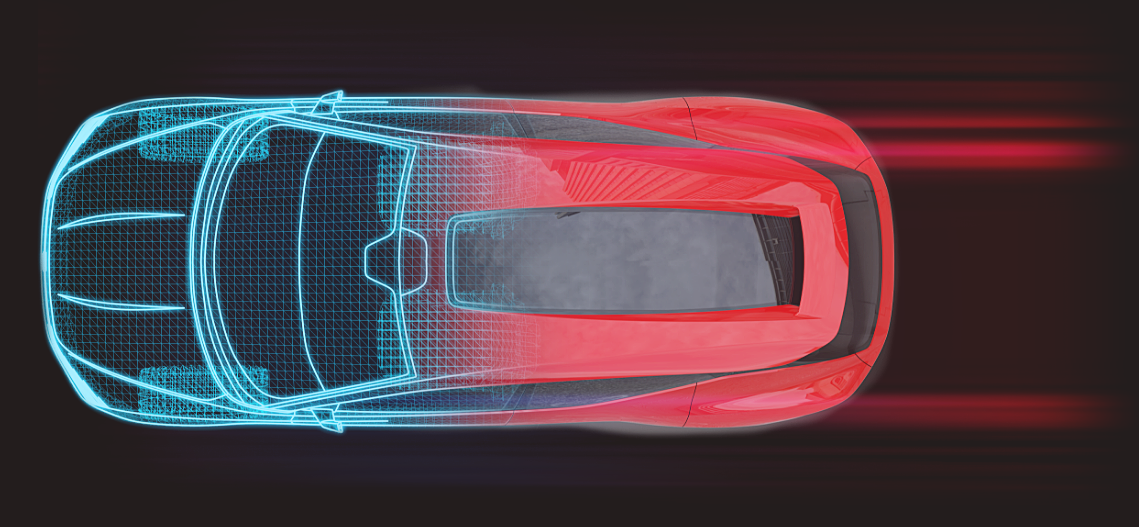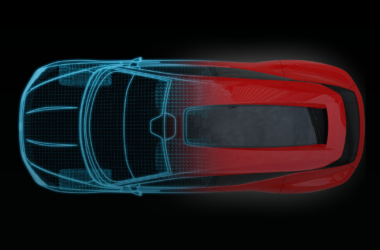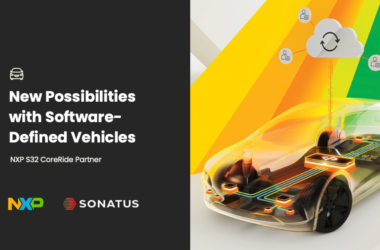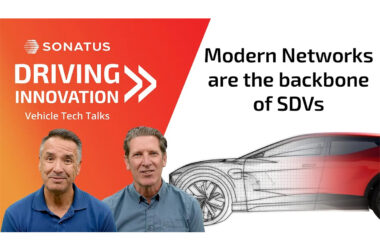Frequently asked questions?
Automotive ethernet is emerging as the automotive industry’s future direction for in-vehicle network technology. Compared to existing fixed CAN or FlexRay-based networks, automotive ethernet offers a superior technology for vehicle networks. The expansion of connected vehicles and increasing diversity of automotive applications requires vehicle networks to be more dynamic, and the automotive ethernet standard is emerging as the protocol of choice, building on top of standard ethernet to meet the demanding needs of the automotive industry.
Ethernet-based communication is the standard communication protocol in most existing computer applications and features high data rates, typically based on a set of four twisted pair conductors. In automotive applications, new standards have emerged including a single twisted pair that provides smaller physical cable size while still providing all the benefits of internet protocol (IP). Routing a single twisted pair throughout the vehicle can reduce vehicle weight, and provide improved data rates for modern traffic types, resulting simultaneously in low cost but improved capabilities.
In today’s vehicles, safety systems such as advanced driver assistance systems are likely connected over automotive ethernet. Compared to standard ethernet, automotive ethernet adopts additional standards like time sensitive networking to adapt ethernet for automotive use. This brings many benefits and enables real time applications and safety critical systems to operate on top of automotive ethernet.






